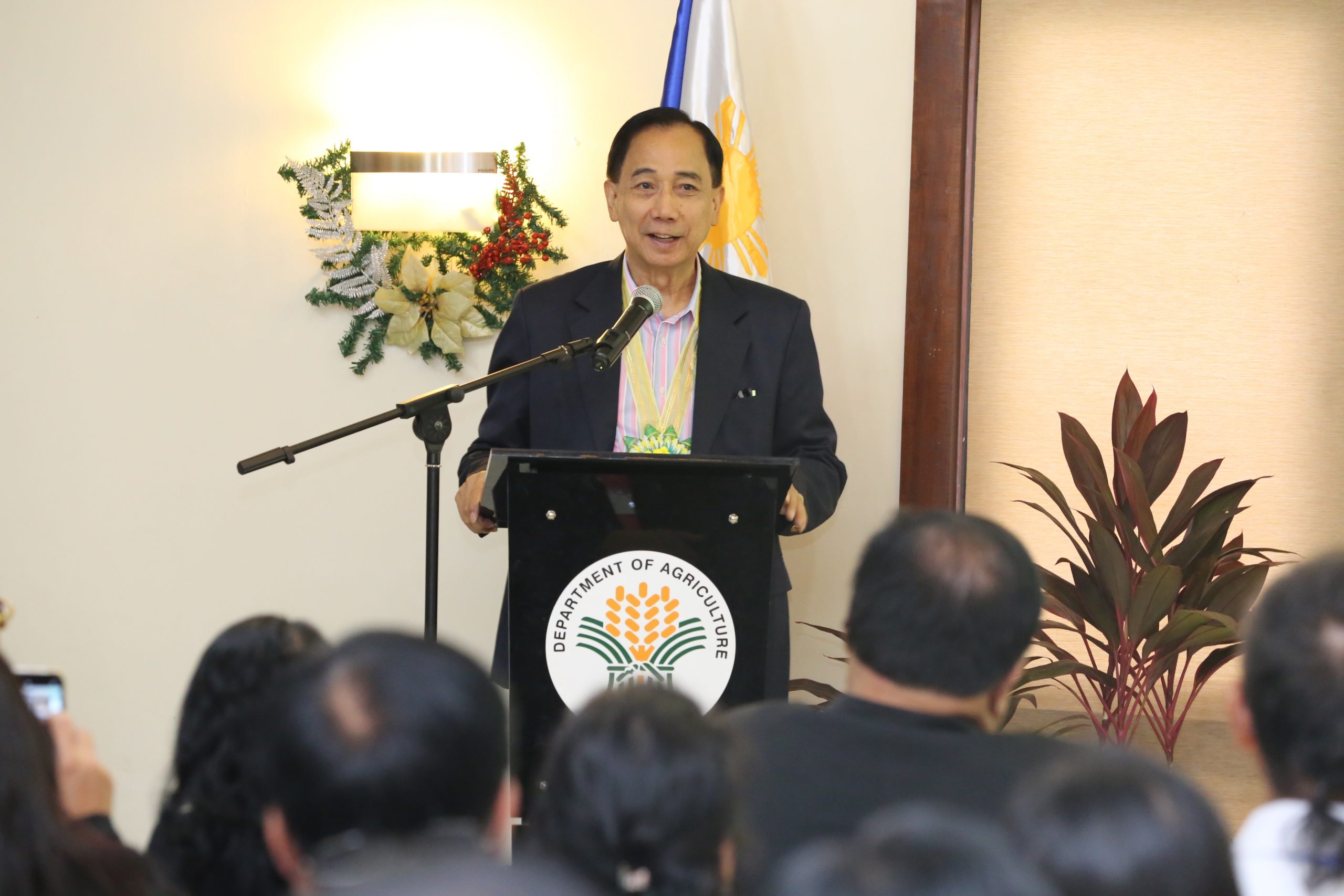
“Under my leadership, I’ll see to it that we increase the level of funding support for breeding institutions in the country,” Agriculture Secretary William Dar declared during the 2019 National Seed Summit on December 2, 2019.
He underscored that crop improvement plays a critical role for the country’s agricultural productivity amid concerns on the growing population and the impacts of climate change.
“One of the better options with which we can increase productivity per unit area is through science and technology through agricultural research,” Dar said.
According to him, the government needs to elevate its support for the country’s scientists and institutions involved in research operations and plant breeding activities.
Secretary Dar challenged the Philippine Council for Agriculture, Aquatic and Natural Resources Research and Development (PCAARRD) and the Bureau of Agricultural Research (BAR) to be the trailblazers in enhancing programs on plant breeding. He urged the institutions to focus on strategic research bring the products of research to the communities.
He likewise encouraged state colleges and universities to prioritize crop improvement programs and engage a team that will focus on plant breeding for their respective province or region.
“I hope that molecular breeding is already in the universities. Matagal na itong technologies, marker-assisted breeding, molecular breeding, genetic engineering. These are all needed if we want to look beyond the increasing population,” Dar said.
“It is our role, particularly the agriculturists, agronomists, seed growers, among others, to help farmers make their land productive through the use of not only good seeds, but certified seeds,” he stressed.
According to the Philippine Statistics Authority (PSA), crop production accounts for 45.19 percent or almost half of the total agricultural output. Crop production went up by 2.01 percent based on the PSA report regarding the performance of the agriculture sector for the period July to September 2019. For major crops, the production of corn was up by 23.47 percent, while paddy rice (palay) production decreased by 4.53 percent. ### (Gumamela Celes Bejarin, DA-AFID)













